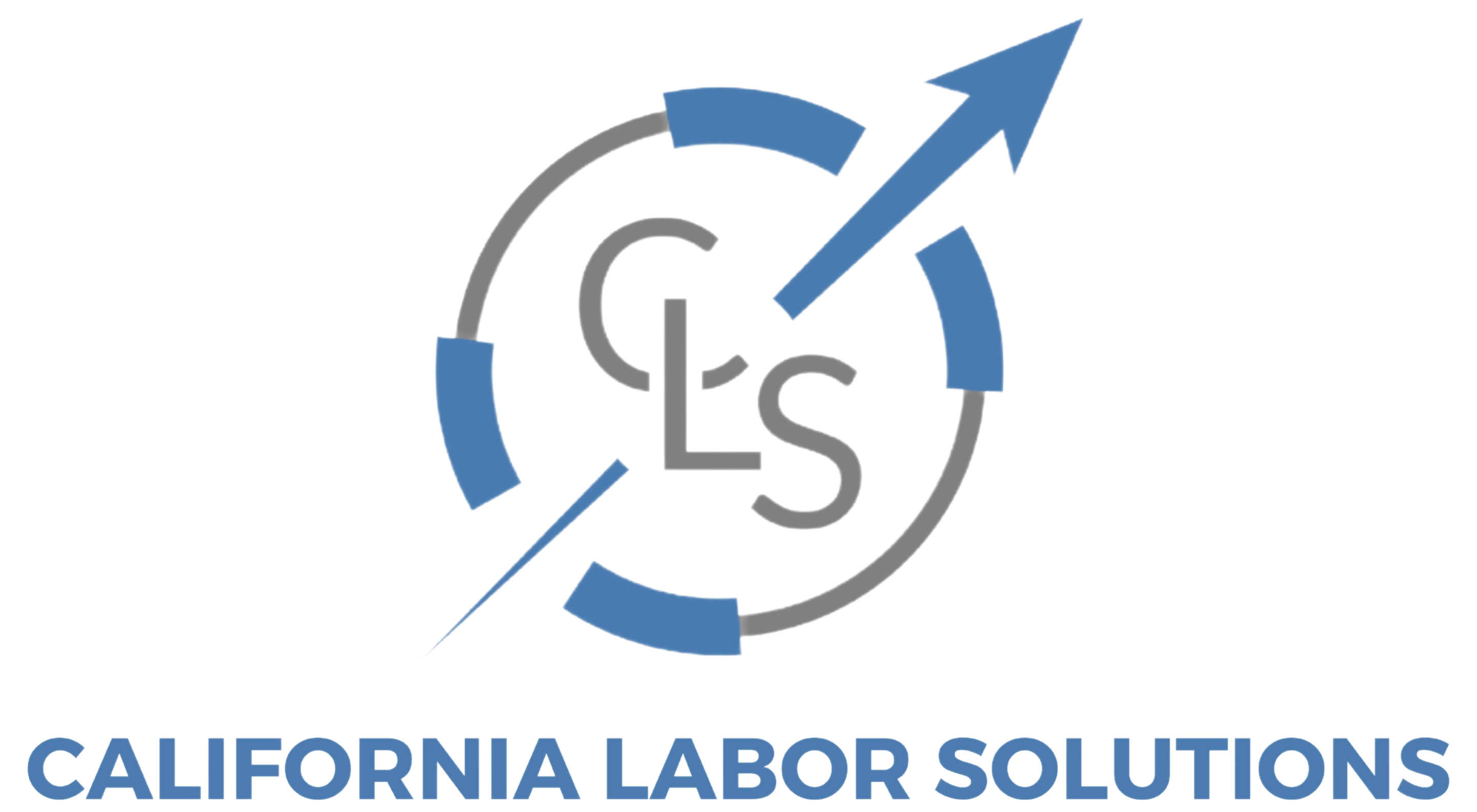California Paid Sick Leave Laws require employers to provide workers with protected, paid time off for illness, medical appointments, or caring for family members. With updates to statewide and local sick leave laws, businesses must stay compliant to avoid penalties and protect employee rights.
In this guide, we’ll cover California’s sick leave requirements, how they impact employers, and best practices for implementation.
Who Is Covered Under California’s Paid Sick Leave Laws?
All California employers must comply with the Healthy Workplaces, Healthy Families Act, which guarantees paid sick leave for nearly all employees, including:
✅ Full-time, part-time, and temporary workers
✅ Employees working at least 30 days within a year for the same employer
✅ Employees covered under state and local sick leave laws
Exceptions:
- Independent contractors and freelancers do not qualify under state-mandated sick leave.
- Certain unionized workers under collective bargaining agreements may have different sick leave terms.
How Much Paid Sick Leave Do Employers Have to Provide?
California law requires employers to offer at least:
- 24 hours (or 3 days) of paid sick leave per year (state minimum)
- Employees earn 1 hour of sick leave for every 30 hours worked
- Sick leave starts accruing from the first day of employment but can be used after 90 days
Local City & County Laws May Require More:
- Some California cities (Los Angeles, San Francisco, Oakland, San Diego) have more generous sick leave policies.
- Employers must comply with both state and local laws if they differ.
Permitted Uses of Paid Sick Leave
Employees can use their accrued sick time for:
✅ Personal illness or injury
✅ Medical appointments
✅ Caring for a sick family member
✅ Seeking treatment due to domestic violence, sexual assault, or stalking
Employers cannot deny sick leave requests if they meet these legal requirements.
Employer Responsibilities for Compliance
To comply with California Paid Sick Leave Laws, businesses must:
✔ Post Paid Sick Leave Notices – Display workplace posters informing employees of their rights.
✔ Provide Sick Leave Pay at the Regular Rate – Employees must receive their normal hourly wage for sick time.
✔ Allow Carryover (If Not Using Frontloading) – If using an accrual system, unused sick leave must carry over to the next year.
✔ Maintain Records for 3 Years – Keep documentation of sick leave balances and usage for compliance audits.
✔ Include Sick Leave Balances on Pay Stubs – Employers must show available sick leave hours on wage statements.
Common Mistakes That Lead to Legal Issues
🚫 Failing to Provide Sick Leave for Part-Time Employees
🚫 Requiring Employees to Find a Replacement for Sick Time
🚫 Not Allowing Employees to Use Sick Leave in Small Increments (2-hour minimum allowed)
🚫 Retaliating Against Employees Who Use Sick Leave (Illegal under California law)
Employers failing to comply with sick leave laws face fines, lawsuits, and state penalties.
Best Practices for Managing Sick Leave in California
1. Offer More Generous Sick Leave Policies
Many employers offer more than the minimum to improve retention and workplace morale.
2. Implement a Simple Sick Leave Request System
Use HR software to track leave balances, requests, and accrual rates.
3. Train Managers on Employee Sick Leave Rights
Prevent legal issues by ensuring managers do not discourage sick leave use or retaliate against employees.
4. Stay Updated on Local and State Law Changes
California frequently updates paid sick leave laws—work with an HR compliance expert to stay ahead.
Need Help Managing Paid Sick Leave Compliance?
At California Labor Solutions, we help businesses navigate California’s paid sick leave laws, implement compliant sick leave policies, and avoid costly fines.

